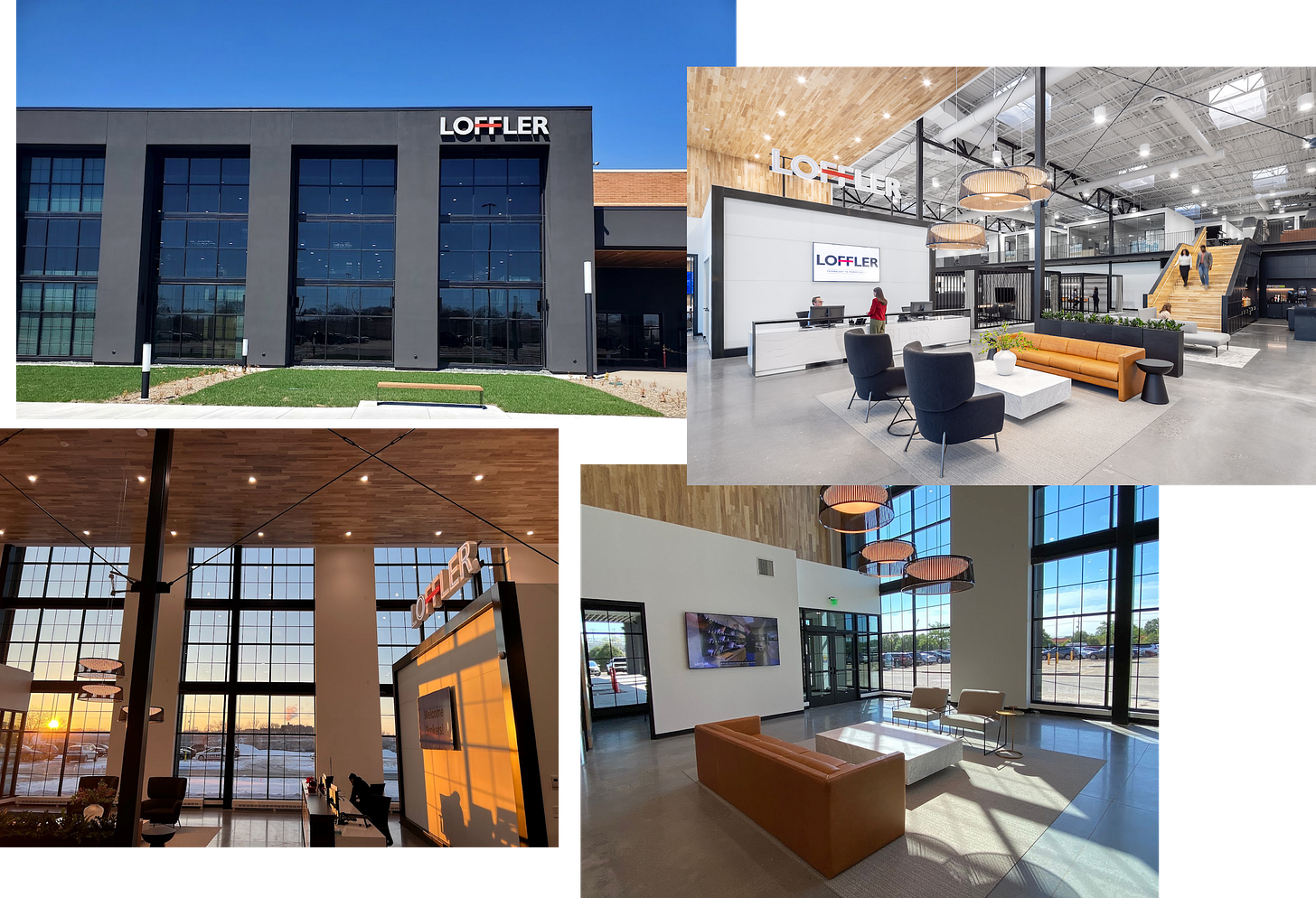Why Many Former Sam's Club Buildings Have Been Repurposed For Non-Retail Adaptive Reuse
~2/3 of the 60 Sam's Club buildings that closed in 2018 now have non-retail uses
In January 2018 Walmart closed 10% of its Sam’s Club locations.
60 retail warehouse clubs were closed and ~8 MM square feet vacated.
But ~90% of the clubs have since been re-tenanted.
Though ~2/3 of re-tenanted former Sam’s Clubs now feature non-retail uses.
Why?
In part because of the flexibility afforded by the real estate.
But also due to the owner of many of the properties.
Sam’s Club sells bulk merchandise from pallets and steel bins in cavernous, freestanding warehouse-like buildings that average ~130,000 square feet.
A typical Sam’s Club building features high ceilings, an open floor plan, loading docks and multiple grade level access doors.
Most buildings are also situated on large land parcels with parking, access and signage.
These characteristics make the Sam’s Club buildings suitable for uses that go beyond just retail — like as warehouse and distribution facilities, for instance.
So it is not a surprise that many former Sam’s Clubs have been repurposed for non-retail uses.
But another factor has also likely played a key role the in adaptive reuse of former Sam’s Club buildings and sites:
Building ownership.
41 of the 60 Sam’s Clubs shuttered in 2018 had been corporately owned by Walmart.
Walmart not only rarely sells properties to its competitors but also places use restrictions on buildings that it sells to real estate developers.
This prevented Walmart's direct rivals like Costco, BJ’s Wholesale Club, Target and Amazon from locating in many — though not all — of the former Sam's Club sites.
So the majority of former Sam’s Club have been adapted for non-retail uses — both because of the flexibility afforded by the real estate and the desire by Walmart to avoid offering it to retail competitors.
Of course not all of the non-retail Sam’s Club repurposes are as warehouses and distribution centers.
There have been several unique adaptive reuses of these buildings and sites.
Automotive
The former Sam’s Club buildings are well suited for automotive-related uses.
The building’s high ceilings, open floor plans and grade level doors work well for vehicle sales, storage and service.
Plus many Sam’s Clubs had even offered tire sales and auto service — and thus were already a “known” destination for automotive uses.
Former Sam’s Clubs repurposed for automotive uses include:
An Arizona auto mall that will be home multiple car dealerships such as Jerry Seiner Chrysler and Jones Ford
The largest Airstream trailer dealership in the U.S.
A family owned and operated collision repair, customization, and vehicle storage facility in Alabama
A large auto parts warehouse in Texas; and
A first-of-its kind combined Tesla dealership and self storage building in Illinois
Schools and Workplace Development Centers
A former Sam's Club in Wisconsin is now home to Beyond Vision, a nonprofit career agency for the blind and visually impaired.
The ~130,000 sq ft VisABILITY Center is a specially designed, multi-dimensional workplace for the blind.
It includes a manufacturing area, a distribution center, offices and community space where blind and low vision employees complete machining, assembly, packaging, and customer support work.
The former Sam's Club building was outfitted with textured flooring which aids the navigation of individuals that walk with a cane.
Ambient lighting was used throughout the building to minimize glare.
Acoustic insulation was also installed to dampen stray sounds and ambient noise, as sound helps blind and low vision individuals orient themselves in space.
Another repurpose example as a school and workplace development center is the former Sam’s Club in Moorhead, Minnesota, a city of 40,000 just across the state line from Fargo, North Dakota.
The Moorhead School District acquired the former Sam’s Club building in 2019 and completed an adaptive reuse of the building into the Moorhead High School Career Academy.
The 177,000 square foot Moorhead High School Career Academy property now includes labs and classrooms that offer "hands on" learning opportunities to high school students in skilled trades such as carpentry, welding and mechanics.
Storage
Climate controlled self storage is an increasingly common adaptive reuse of former Big Box retail sites.
And the former Sam’s Club buildings are no exception — despite their large size.
Like the 140,000 square foot former Sam’s Club in Syracuse, New York that was converted into a climate controlled facility with 860 indoor and drive-up storage units.
Corporate Headquarters
The Loffler Companies, a provider of office copiers & printers, IT solutions and business technology services, transformed the former Sam’s Club in the Minneapolis suburb of St. Louis Park into a corporate headquarters, warehouse and distribution facility.
Loffler made sustainability a focus in its headquarters project and chose a reuse of the former Sam’s Club in part because The National Trust for Historic Preservation’s Green Lab estimates that it can take up to 80 years before energy efficient features of a new building make up for the environmental impact from its construction.
Other Sam’s Club adaptive re-uses include:
A T-Mobile call center in Virginia
A convention, banquet, and performance venue in Illinois
A life science lab in North Carolina
A Class A Warehouse in Arizona
Of course many former Sam’s Club buildings were repurposed for warehousing and distribution.
Including by their original owner.
Walmart decided keep at least 10 of the shuttered Sam's Club buildings for its own use — not as as retail stores but instead as e-commerce fulfillment centers.
The key takeaway from repurpose of the Sam's Club buildings for non-retail uses?
Modern, well built and strategically located retail real estate — like Sam’s Club stores — are not only in high demand but they can also be functional in many forms.
As a result, many of these former retail stores will be modified and repurposed for non-retail uses.
It may even be a requirement of the owner!












